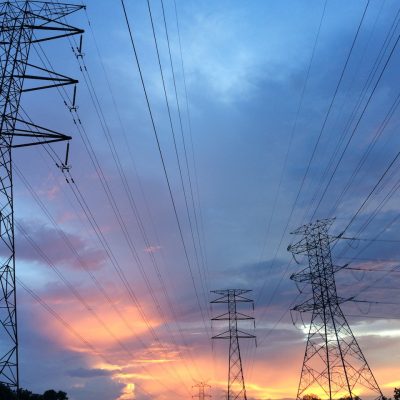LAWMAKERS TO PROBE INCESSANT COLLAPSE OF NATIONAL ELECTRICITY GRID
LAWMAKERS TO PROBE INCESSANT COLLAPSE OF NATIONAL ELECTRICITY GRID
House of representatives has mandated its committee on power to investigate the cause of the frequent collapse of national electricity grid and proffer ways to address the situation.
The committee is expected to investigate the root causes of incessant national grid collapse in the country and the capacity of the Transmission Company of Nigeria (TCN) to address the ugly trend, in order to forestall future occurrences and protect the already fragile socio-economic environment.
This came on the heel of the general acceptance of a motion of urgent national importance moved by Honourable Sani Bala (APC, Kano) on tuesday during plenary.
Moving the motion, he told the house
that since 2013 when the privatisation exercise took place in the power sector, the national grid collapsed over hundred times and about seven times this year adding that it is a challenge which experts and operators said would linger for a long time if not addressed.
He stated that the recent shutdown has been one of the worst in recent history, warning that there may be no end in sight according to experts as there is no framework or spinning reserve meant to forestall such occurrences.
He lamented that it is incomprehensible that all the key power plants in the country, including Egbin, Utorogu, Chevron Oredo, Oben gas-fired power plants, Ughelli, and Chevron Escravos power plants could all shut down at once thereby causing national power outages with enormous socio-economic implications.
“System collapse may not be unconnected with the Transmission Company of Nigeria’s lack of wheeling capacity, inadequate transmission lines and spinning reserves as well as refusal to fast-track construction of digital control centres instead of the company’s current analogue system,” he said.
Speaking in support of the motion, the Deputy Minority Leader, Honourable Toby Okechukwu complained that the current administration did not add to the existing capacity since 2015.





